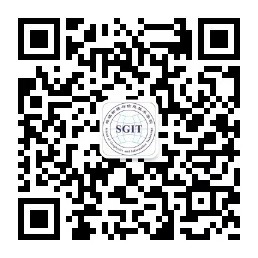应地球物理与信息技术学院郭良辉副教授邀请,日本国立统计数理研究所庄建仓教授将来我校进行学术交流,并做学术报告。
题目:Quantitative analysis of seismicity features in and near Japan by using a stochastic model for earthquake occurrences
地点:教五楼227
时间:2017年10月17日上午10:00–12:00
庄建仓简介:1999年在中国地震局分析预报中心获得地球物理学硕士学位,2003年在日本综合研究大学院大学统计学系获得理学博士学位。2004到2006年在统计数理研究所受日本学术振兴会(JSPS)资助从事博士后研究工作,2006年到2007年在美国加州大学洛杉矶校(UCLA)从事博士后研究工作。2007年至今在日本国立统计数理研究所工作,先后任助理教授、副教授、教授。主要从事统计地震学和随机点过程理论的研究。现任JGR和Annals of Institute of Statistical Mathematics副编。
报告简介:Seismicity analysis connects seismological geophysics and geodynamics. Changes of seismicity patterns always are caused by geodynamic evolution in the crust or the upper mantle. The epidemic type aftershock sequence (ETAS) model is widely used to describe and analyze the clustering behavior of seismicity. Instead of regarding large earthquakes as point sources, the finite-source ETAS model treats them as ruptures that extend in space. Each earthquake rupture consists of many patches, and each patch triggers its own aftershocks isotropically. This model is applied to analyze the Japan Meteorological Agency (JMA) catalog during 1964–2014. We take six great earthquakes with magnitudes >7.5 after 1980 as finite sources and reconstruct the aftershock productivity patterns on each rupture surface. Comparing results from the point-source ETAS model, we find the following:
(1) The finite-source model improves the data fitting;
(2) Direct aftershock productivity is heterogeneous on the rupture plane;
(3) The triggering abilities of M5.4+ events are enhanced;
(4) The background rate is higher in the off-fault region and lower in the on-fault region for the Tohoku earthquake, while high probabilities of direct aftershocks distribute all over the source region in the modified model;
(5) The triggering abilities of five main shocks become 2–6 times higher after taking the rupture geometries into consideration;
(6) The trends of the cumulative background rate are similar in both models, indicating the same levels of detection ability for seismicity anomalies. Moreover, correlations between aftershock productivity and slip distributions imply that aftershocks within rupture faults are adjustments to coseismic stress changes due to slip heterogeneity.
研究生记学术报告一次,欢迎广大师生参加!
地球物理与信息技术学院
国际合作处
研究生院
科技处
2017年10月16日
X
日本国立统计数理研究所庄建仓教授学术报告通知
2017-10-16
发布:[地球物理与信息技术学院]谢成良





